In a remarkable leap forward, researchers at Shanghai Jiao Tong University's School of Materials Science and Engineering have developed a protocell model that mimics the intricate environment of molecular crowding found inside living cells—by leveraging ATP, the molecule that powers life itself. This innovative system shows how non-inert molecular crowders can dramatically impact biochemical reactions, potentially unlocking new frontiers in biotechnology, targeted therapeutics, and environmental sensing. The paper, "Adaptive ATP-induced Molecular Condensation in Membranized Protocells," was published in the prestigious Proceedings of the National Academy of Sciences (PNAS), with Vincent Mukwaya as lead author and co-corresponding author, alongside Professor Hongjing Dou and Professor Stephen Mann.
At the heart of their work is an innovative, all-aqueous, template-directed assembly method that allows the team to build "polysaccharidosomes"—membranized microcapsules made from polysaccharides. These tiny structures simulate cellular crowding by harnessing liquid-liquid phase separation (LLPS), a process that cells use to form functional compartments without membranes. This breakthrough in creating LLPS-driven molecular crowding within a scalable and biocompatible system marks a significant advance in developing biomimetic systems.
Unlocking the Power of Molecular Crowding
Molecular crowding is a defining feature of the densely packed environment inside living cells, where macromolecules like proteins, nucleic acids, and metabolites are jostling for space. This crowding doesn’t just affect the physical arrangement of molecules—it profoundly impacts how biochemical reactions unfold. By altering molecular mobility and reaction kinetics, crowding can boost certain reactions while slowing others.
In living cells, this dense packing helps form membraneless organelles like stress granules and nucleoli, which use LLPS to compartmentalize reactions. Mukwaya and his colleagues tapped into this principle by recreating crowded conditions inside their protocells. Using ATP as a molecular crowder, they showed how increasing ATP concentrations leads to different biochemical outcomes.
A Revolutionary Assembly Technique
Traditional methods of constructing microcapsules often rely on organic solvents, which can compromise the biocompatibility of the encapsulated materials and make scaling up the process difficult. By contrast, this research team developed a streamlined, aqueous-based method that overcomes these issues. Their technique uses CaCO₃ particles as sacrificial templates, which not only simplifies the assembly process but also allows for the precise loading of macromolecules—such as proteins—into well-defined polysaccharide-based microcapsules (FIGURE 1).
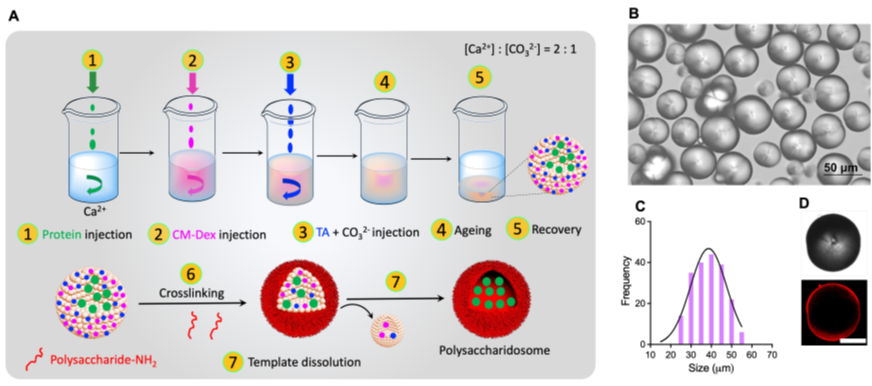
FIGURE 1. One-step nucleation control and encapsulation of proteins in CaCO3.
The team’s approach produces uniform microcapsules (polysaccharidosomes), packed with proteins such as BSA (bovine serum albumin), and capable of controlling molecular crowding. Inside these microcapsules, the introduction of DEAE-Dextran (a diffusive polyelectrolyte) triggers spontaneous LLPS, leading to the formation of liquid-like coacervate droplets. These droplets grow and merge into a stable coacervate pool within the protocells, exhibiting fascinating behaviors like dripping and fluorescence recovery after photobleaching (FRAP) (FIGURE 2).
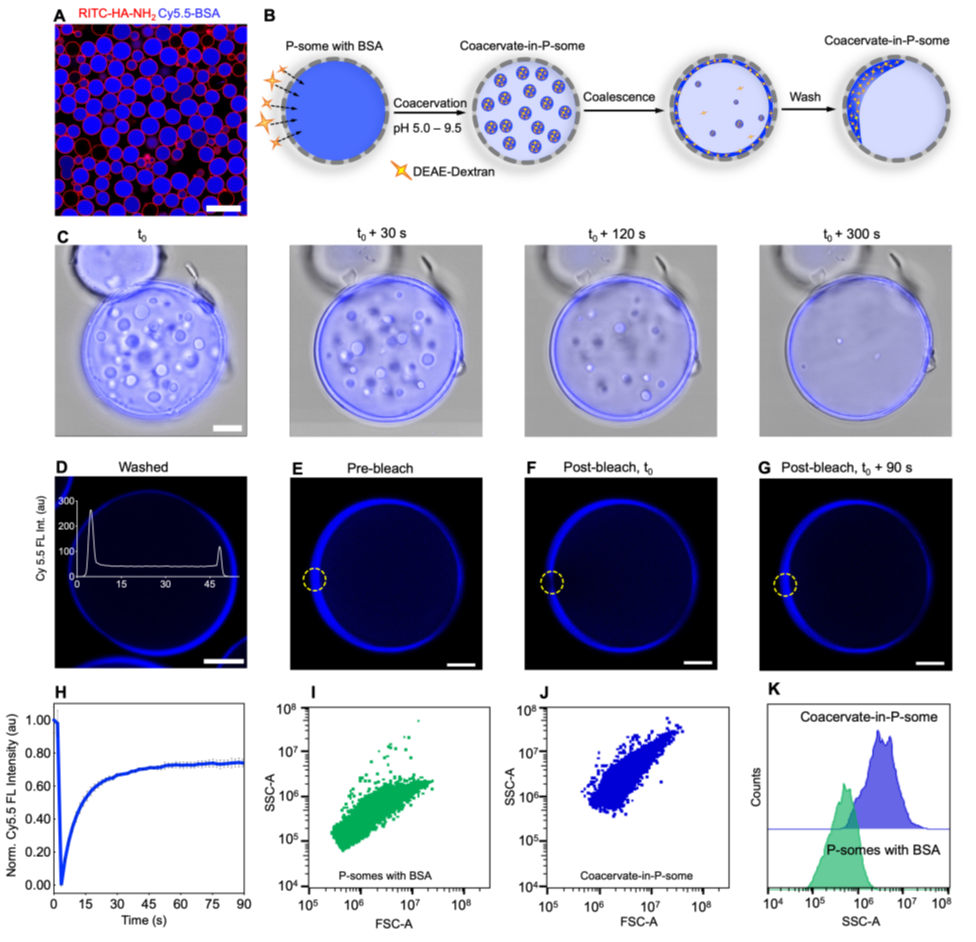
FIGURE 2. Achieving controlled liquid-liquid phase separation in a protocell model
The ATP Effect: Controlling Crowding, Diffusion, and Biochemistry
ATP, a key molecule in cellular energy metabolism, plays a critical role in modulating the degree of crowding within these synthetic protocells. The researchers found that at low ATP concentrations (1.25–2.5 mM), the BSA proteins formed liquid-like complexes with high diffusivity. But as the ATP concentration increased beyond 5 mM, local diffusion of fluorescently-labeled BSA slowed down significantly, almost halting at 10 mM ATP (FIGURE 3). This slowdown mirrored what happens in real cells as crowding increases and molecular movement becomes restricted.
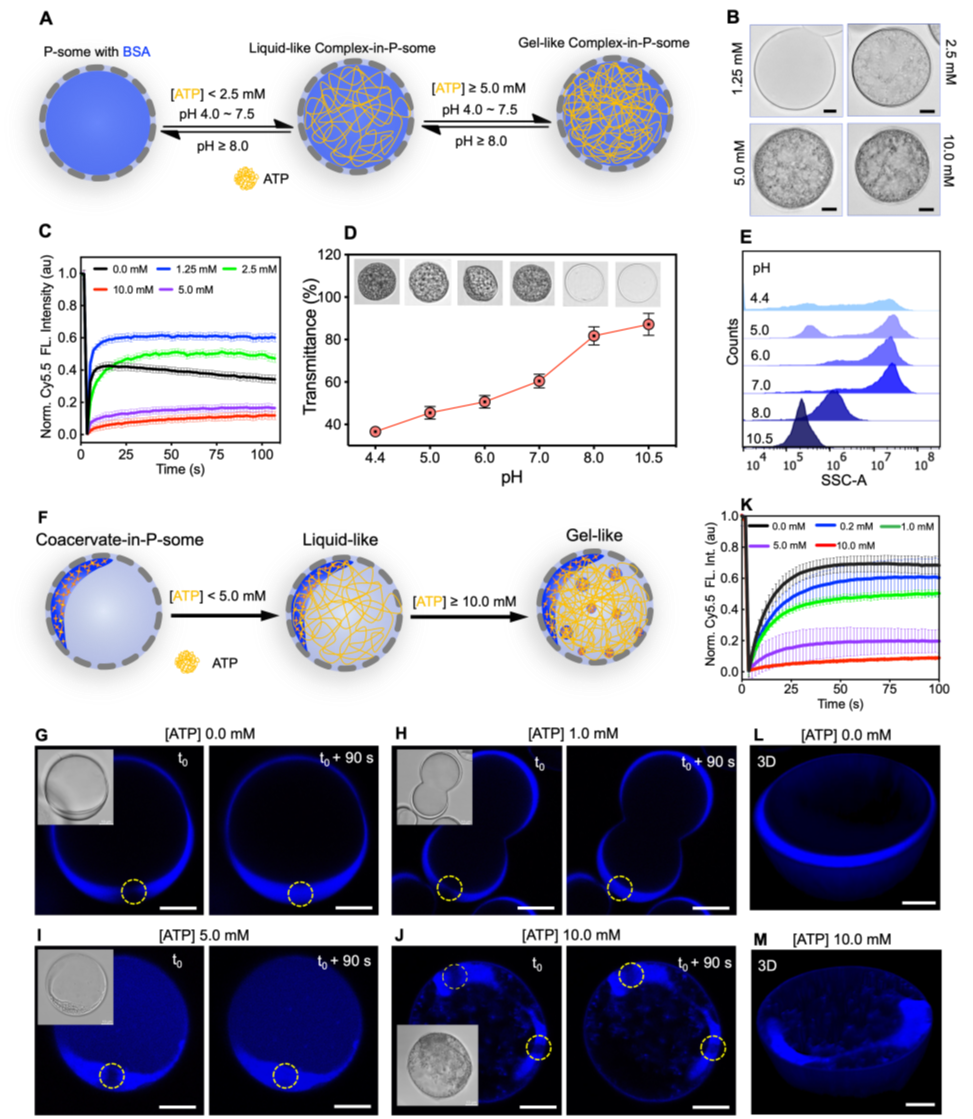
FIGURE 3. Dynamic changes in adaptive molecular condensation in protocells through regulation of pH and ATP concentrations
Interestingly, in protocells containing BSA/DEAE-Dextran LLPS droplets, molecular diffusion decreased even at low ATP concentrations (0.2–1.0 mM), and further declines at higher ATP levels ultimately stopped diffusion altogether. These observations demonstrate how ATP-induced crowding affects both the structure and function of these synthetic cellular models.
The Impact on Enzymatic Activity and DNA Communication
The team didn’t stop at crowding and diffusion—they also explored how these changes influence key biological processes, like enzyme activity and DNA-based information exchange. By encapsulating enzymes such as Cy5-labeled horseradish peroxidase (Cy5-HRP) and oligonucleotides, the researchers discovered that moderate levels of ATP-induced crowding actually enhanced enzymatic activity without hindering DNA strand displacement reactions, a key mechanism for genetic information transfer. However, when ATP levels rose even higher, the crowding environment became too dense. (FIGURES 4 and 5). Enzymatic activity slowed as substrates struggled to reach the enzyme’s active site, and DNA-based communication was disrupted, with incomplete or blocked formation of DNA duplexes. This finding emphasizes the importance of maintaining the right level of crowding for optimal biochemical performance.
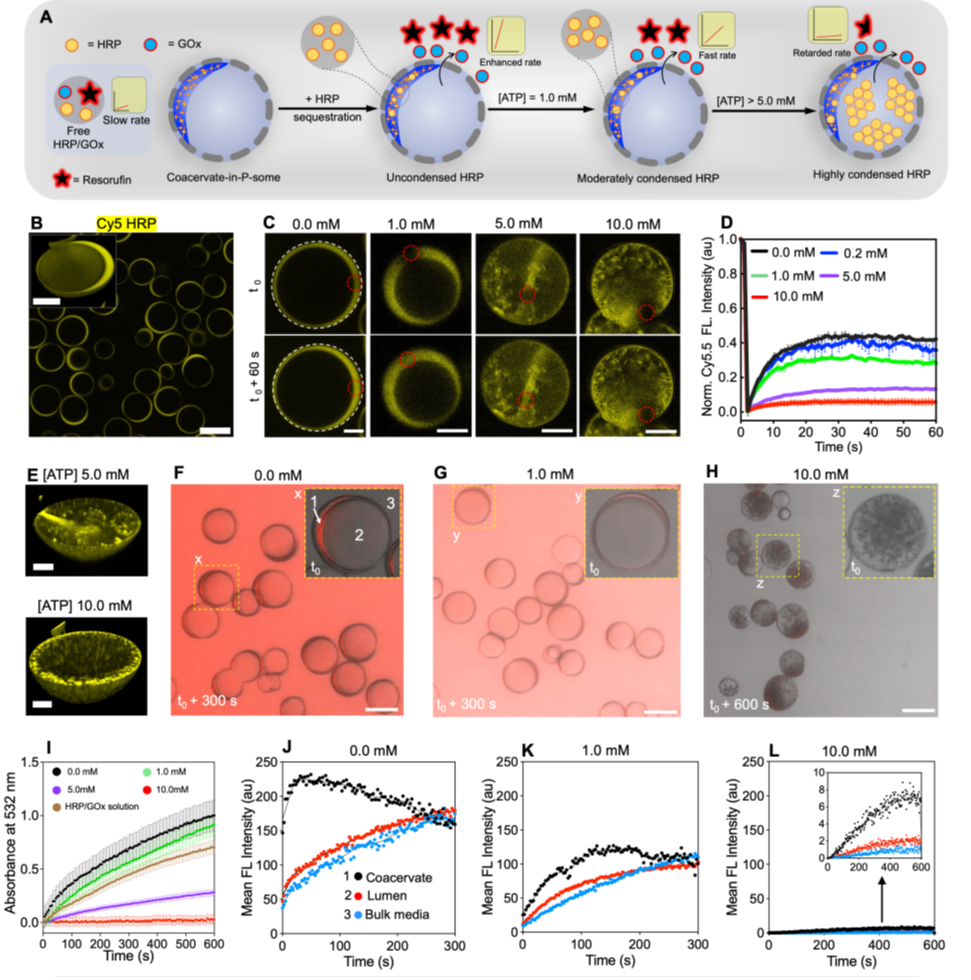
FIGURE 4. Regulation of Endogenous Enzyme Activity in membranized protocells by modulation of molecular crowding
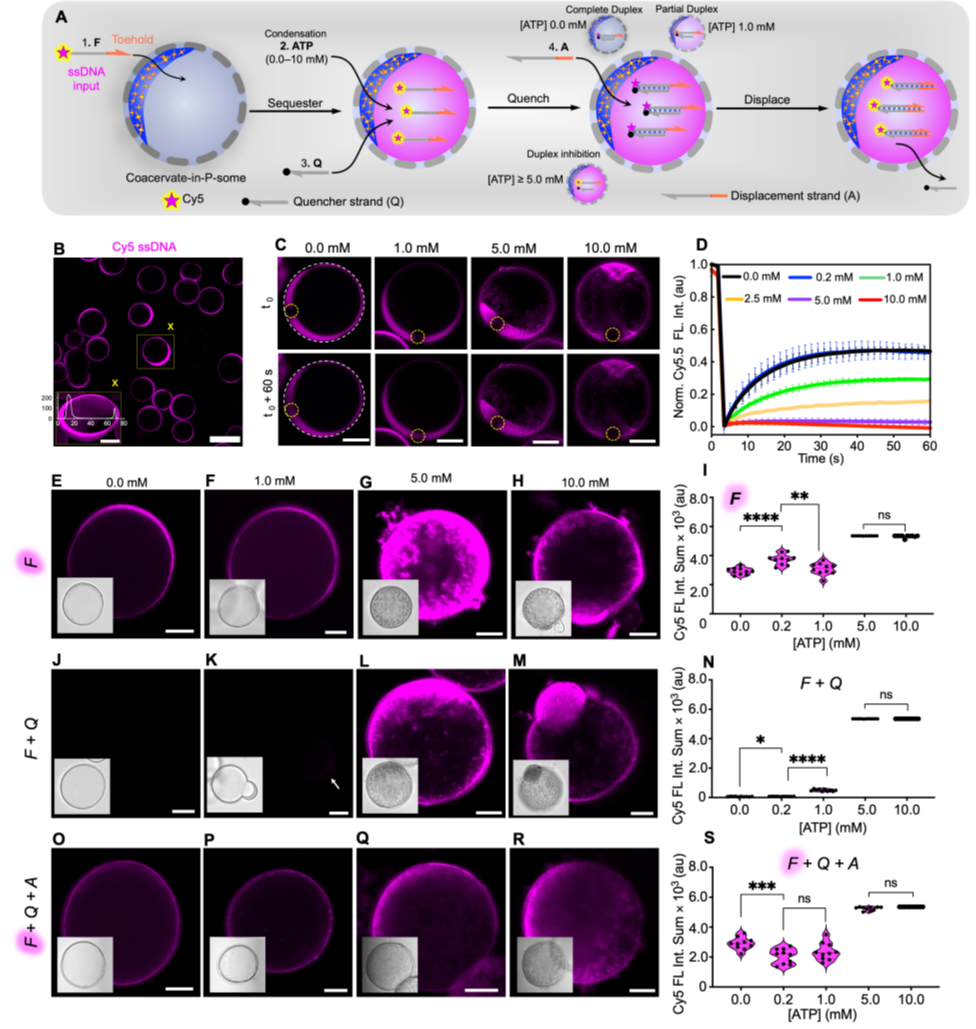
FIGURE 5. Controlled exchange of information mediated by nucleic acids in protocells
Looking Forward: Applications in Medicine and Beyond
This research holds immense potential across various fields. In drug delivery, for example, the ability to control molecular crowding within protocells could allow for precisely timed and targeted release of therapeutic agents. The polysaccharidosomes could be designed to encapsulate drugs and control their release in response to environmental triggers, ensuring better treatment outcomes. Beyond healthcare, the team’s work opens up possibilities for environmental sensing and microreactor technologies. Synthetic protocells that mimic natural cellular behaviors could be used to detect pollutants or monitor environmental changes by responding to shifts in their crowded environments.
The group is already looking ahead to even more exciting possibilities—like using their protocell systems to emulate complex cellular behaviors such as cell differentiation, tissue-like organization, and even interactions between synthetic cells and living cells. This research is laying the groundwork for fully synthetic, functional cellular systems that could revolutionize cancer immunotherapy, artificial tissue generation, and regenerative medicine.
For a closer look at this fascinating study, visit the paper at: https://doi.org/10.1073/pnas.2419507122
